Rabbits and emergency braking. Unusual stories of the "Bulletin of armored vehicles"
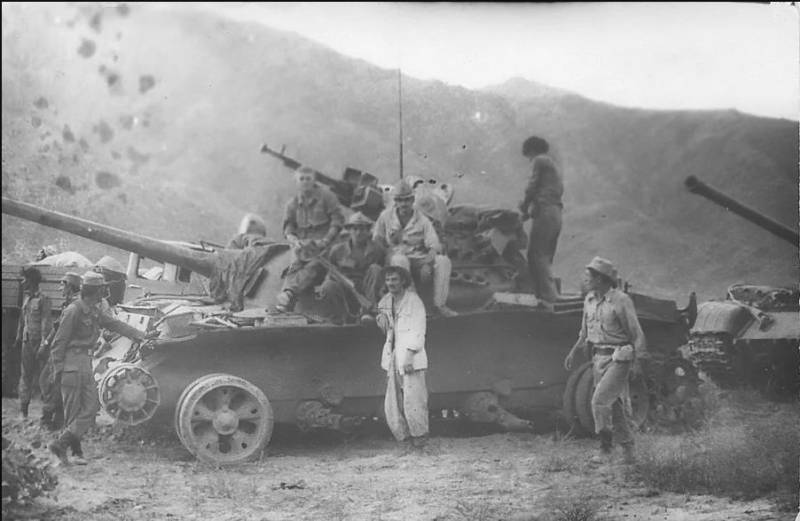
Mine warfare has become one of the problems of the Soviet Army in Afghanistan. Source: zen.yandex.ru
Rabbits and dogs rescue tankers
In the previous parts of the cycle focused on American tanksthat fell into the hands of Soviet researchers. However, the "Bulletin of armored vehicles" contains a considerable range of topics that the general public should know about. Of great interest is the study of the effect of the explosion on the crew of armored vehicles. One of the first such publications was published in 1979. It was devoted to appropriate experiments on animals. Rabbits and dogs were chosen as model objects. Everything was strictly according to science: the intensity of damage was assessed by changes in the state and behavior of animals, by the state of organs and tissues, as well as by biochemical indicators of blood: transaminase activity, blood sugar and special fatty acids. They blew up tanks with high-explosive and cumulative mines, and infantry fighting vehicles with anti-personnel landmines and fragmentation mines. It can be assumed that studies of explosive action on tank crews started in connection with the beginning of the military campaign in Afghanistan. It was there that Soviet armored vehicles faced a mine war, and an adequate response was demanded from industry institutions. In addition, experimental design work on air conditioning systems for armored vehicles has become an obvious reaction to the operation of tanks in the hot climate of Afghanistan. Sometimes there were very unusual developments, but they will be discussed in the next parts of the cycle.
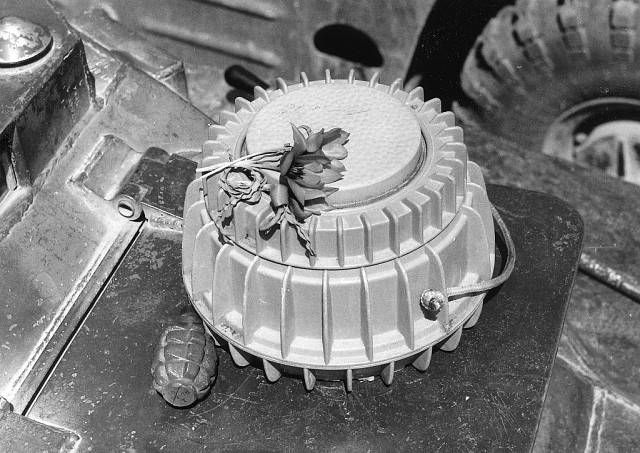
TS / 6 anti-track mine, Italy. Source: i.mycdn.me
Let's return to the unfortunate dogs and rabbits, who, with their suffering, were supposed to alleviate the fate of the tankers. Before the experiment, each animal was placed in a cage and then on the seat of the tank's crew. Judging by the results, more than a dozen animals were used in such a biomedical experiment. Researchers from VNIITransmash adopted the following classification of test subjects' injuries:
1. Lungs - partial ruptures of the tympanic membranes, small hemorrhages in the lungs, under the skin and muscles.
2. Medium - complete destruction of the tympanic membranes, hemorrhages in the mucous membrane and the middle ear cavity, significant hemorrhages under the skin, muscles, internal organs, plethora of membranes and brain matter, extensive hemorrhages in the lungs.
3. Severe - bone fractures, ruptures of muscle fibers, hemorrhages in the muscles and serous membranes of the chest and abdominal cavities, severe damage to internal organs, hemorrhages in the brain and its membranes.
4. Fatal.
It turned out that the most dangerous mines for tank crews are cumulative anti-bottom mines: about 3% of experimental animals died on the spot. Much easier rabbits and dogs withstood the explosions of land mines under the caterpillars. There were no deaths here at all, 14% of the animals did not have any injuries at all, minor injuries in 48% and medium ones in 38%. It should be noted that the researchers detonated not only serial mines under the tracks, but also a charge of explosives of a strictly defined mass. A high-explosive mine with a mass of explosives up to 7 kg during an explosion under a track did not cause damage to the test subjects at all. With an increase in the mass of explosives up to 8 kg, the animals recovered from mild shock already on the third day. The most severe injuries were in animals after an explosion of 10,6 kg in TNT equivalent. Typical injuries in the explosion of land mines were hemorrhages in the lungs and striated muscles and damage to the hearing aid. Cumulative anti-sinking mines caused burns of the cornea of the eyes and shrapnel wounds, accompanied by bone fractures, hemorrhages in muscles and internal organs, and destruction of the eardrums.
The most severe damage is sustained by the crew member closest to the center of impact. The explosion of a cumulative mine has its own characteristics. The maximum overpressure in a very short time exceeds 1,0 kgf / cm2... For comparison: for a land mine, this parameter is an order of magnitude lower - 0,05-0,07 kgf / cm2 and builds up pressure much more slowly. The driver suffers the most from mine detonation: overloads are up to 30 g on the seat, and up to 200-670 g on the bottom of the hull. Obviously, even then it was understood that the legs of the crew should be isolated from contact with the floor of the hull, and the seat should be generally suspended from the ceiling. But all this was realized only several decades later.
The infantry fighting vehicle, as expected, was not as stable. A two-hundred-gram high-explosive charge detonated under the tracks caused distension of the pulmonary alveoli (emphysema) in rabbits and dogs. Injuries of moderate severity were recorded in the subjects when an analogue of the German DM-31 fragmentation mine (half a kilogram of TNT) was detonated under the bottom of the BMP. From the explosion, the bottom received a residual deflection of 28 mm, and the rabbit, placed on the floor of the troop compartment, received bone fractures, muscle tears and profuse bleeding. This study was one of the first to show the actual defenselessness of the BMP-1 even in front of fragmentation mines. Later, for research purposes, an incredible 6,5 kg of TNT was blown up under the fourth left road roller BMP. As a result, four out of ten rabbits died on the spot - all of them were located in the place of the driver and the front paratrooper.
Protection from the fool
From serious stories mine and explosive injuries in armored vehicles, let's move on to topics that can only be called curious.
In 1984, under the authorship of four researchers at once on the pages of the Bulletin of Armored Vehicles, a short article with the long title "Influence of the level of knowledge of the tank crew of operational and repair documentation on the number of operational failures" was published. The idea was simple to the point of impossibility: to interview tankers for knowledge of the features of the operation of armored vehicles and compare the results with the corresponding failure statistics. The crews were offered sheets with questions on the main operations of the control inspection, daily and periodic maintenance, storing the tank and the peculiarities of using the tank in different conditions. Participants in the experiment had to reproduce from memory the location of devices, toggle switches, buttons, signal lamps on control panels and indicate the purpose of each. The authors of the study processed the survey results by statistical methods (then this was just becoming fashionable), and then compared them with the parameters of equipment failures. And they came to unexpected results.
It turns out that the relative magnitude of operational failures depends on the level of practical training of the crew in the process of mastering the tank. That is, the more experienced and qualified the crew, the less equipment breaks down, and vice versa. Actually, this is a no brainer. But this is not the only conclusion based on the results of the work. Surprisingly, the revealed dependence is more valid for complex equipment, for example, for an automatic loader or a fire control system. That is, in other words, the more complex a tank's system is, the more often it breaks down for a low-skilled crew. Such is the current research.
It seems much more timely and valuable to develop an active system for automatic braking of a tank in front of obstacles. In modern cars, self-braking systems are increasingly appearing, reacting to sudden obstacles along the way. But in the domestic tank industry, they thought about such a technique back in 1979, probably ahead of the whole world in this. Under the leadership of Doctor of Technical Sciences Vetlinsky, a group of Leningrad engineers developed a radar sensor for the tank's emergency braking system. The need for such a system was explained by an increase in the cruising speeds of tanks, coupled with the possible conditions of limited visibility. All work was actually built around the choice of the length of the radio wave, taking into account the range of the radar in 100-120 meters. Also, the authors had to take into account the reflection of the radio signal from raindrops during drizzling, light, heavy rain and even downpour. It is noteworthy that the charts do not say a word about falling snow flakes. Obviously, the developers did not plan to use radar braking of tanks in winter. It is also not completely clear whether the car will brake itself if an obstacle is detected or whether the warning lamp for the driver will light up. At the end of the article, the authors come to the conclusion that it would be most convenient to use a radio wave length of 2,5 mm, which seems to be the most secretive for the enemy. The tank while moving is already quite noticeable for the enemy and his equipment: sound, heat, electromagnetic field and light radiation. Now, radio emission would be added to these unmasking features. Maybe it's good that the developments have not gone beyond the experimental framework.
To be continued ...
- Evgeny Fedorov
- "Bulletin of the tank industry." Tank technology classified as “secret”
Disruption of the tower. Expert opinion of the Bulletin of Armored vehicles about the Cold War tanks
Laboratory works. American armored vehicles under the scalpel of Soviet engineers
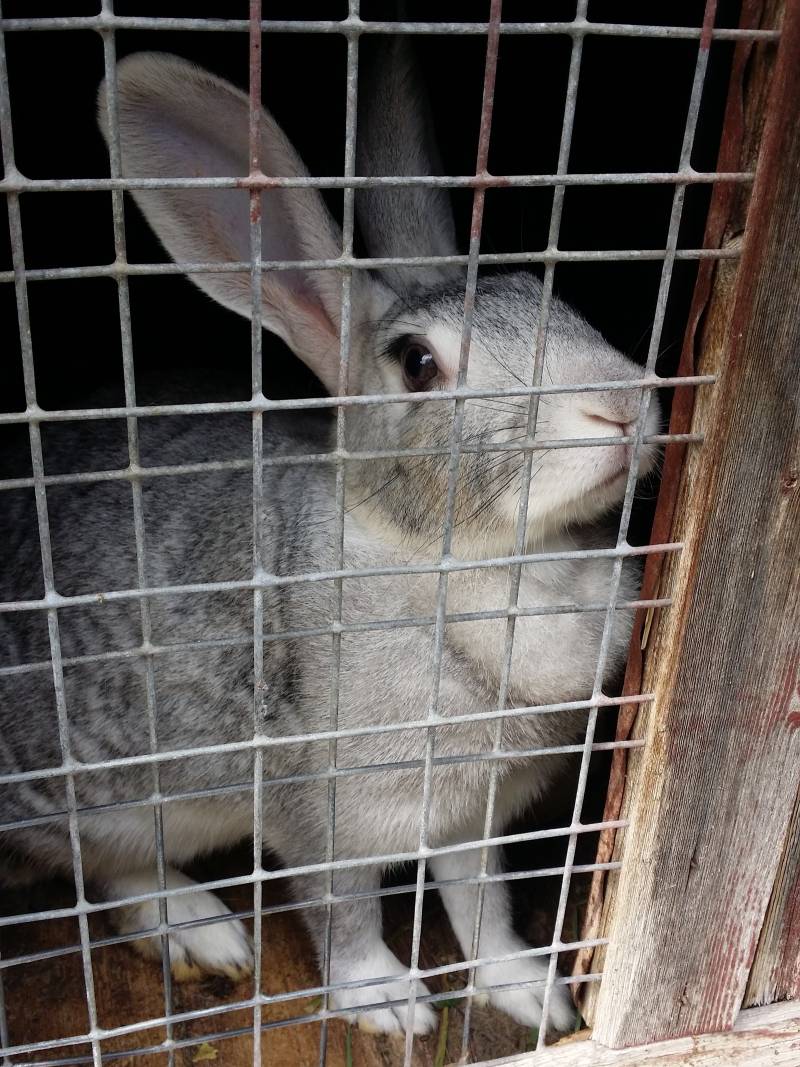
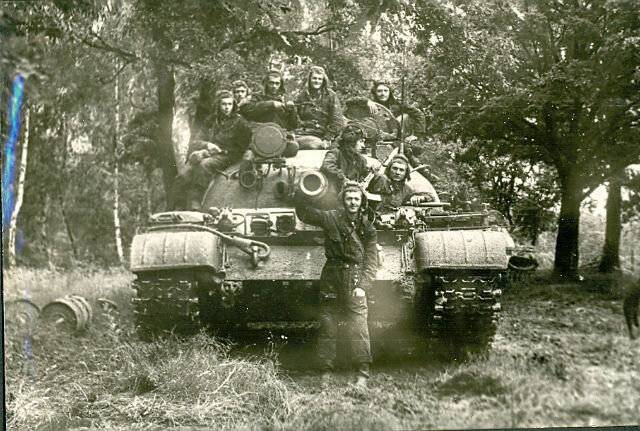
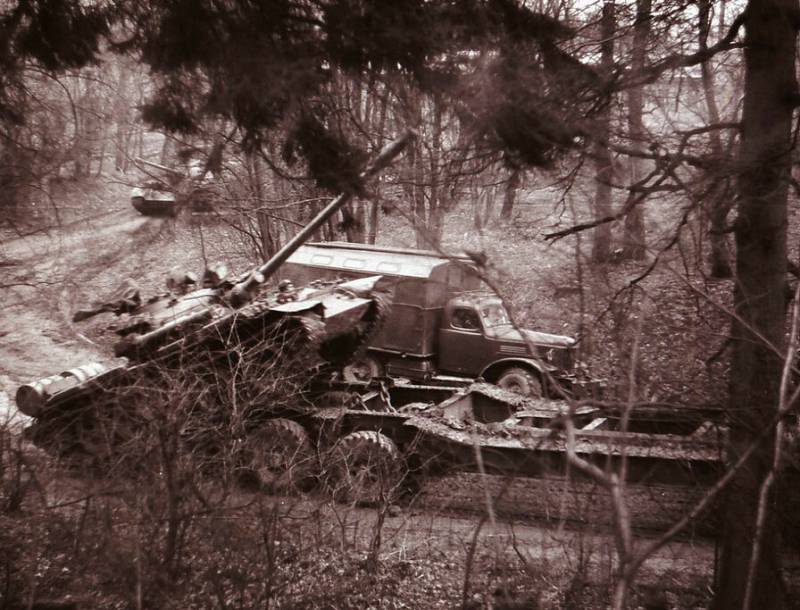
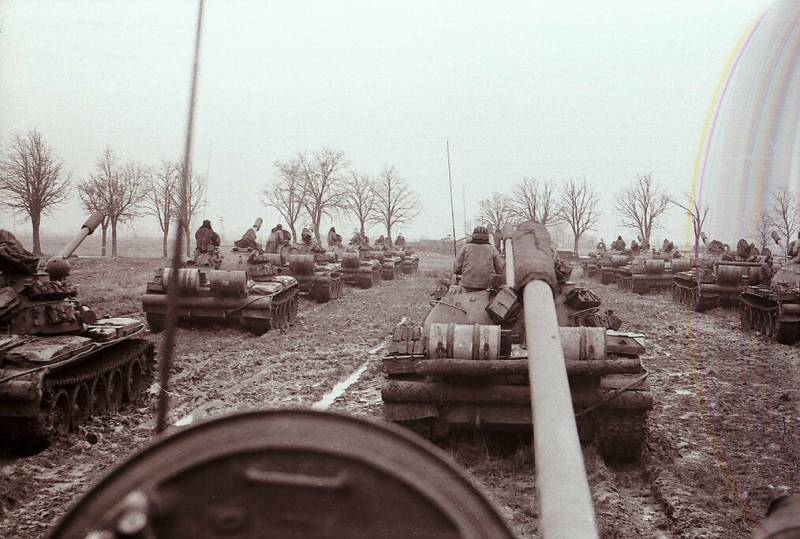
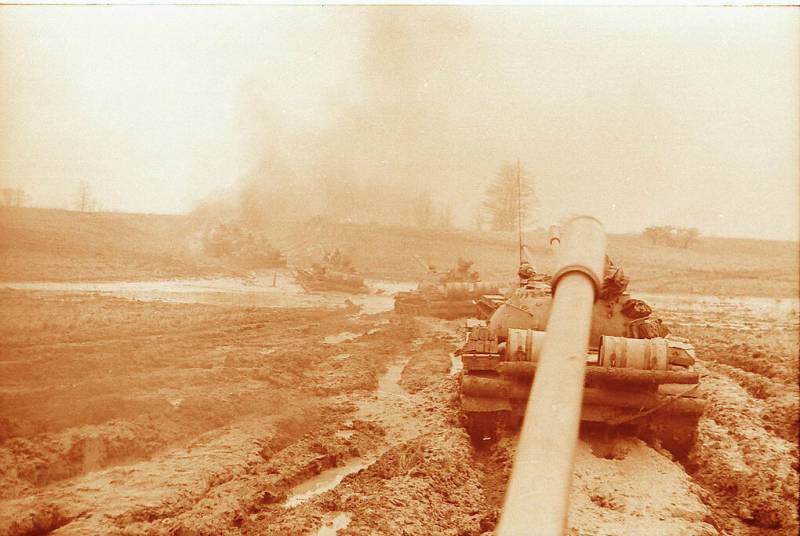
Information